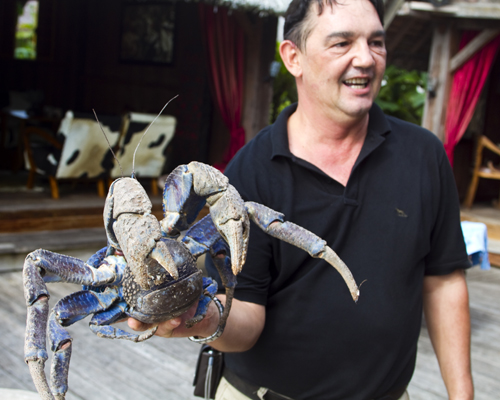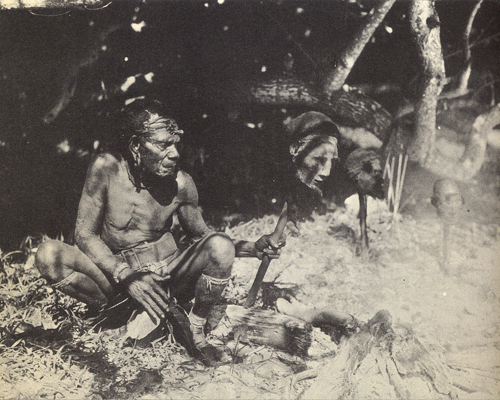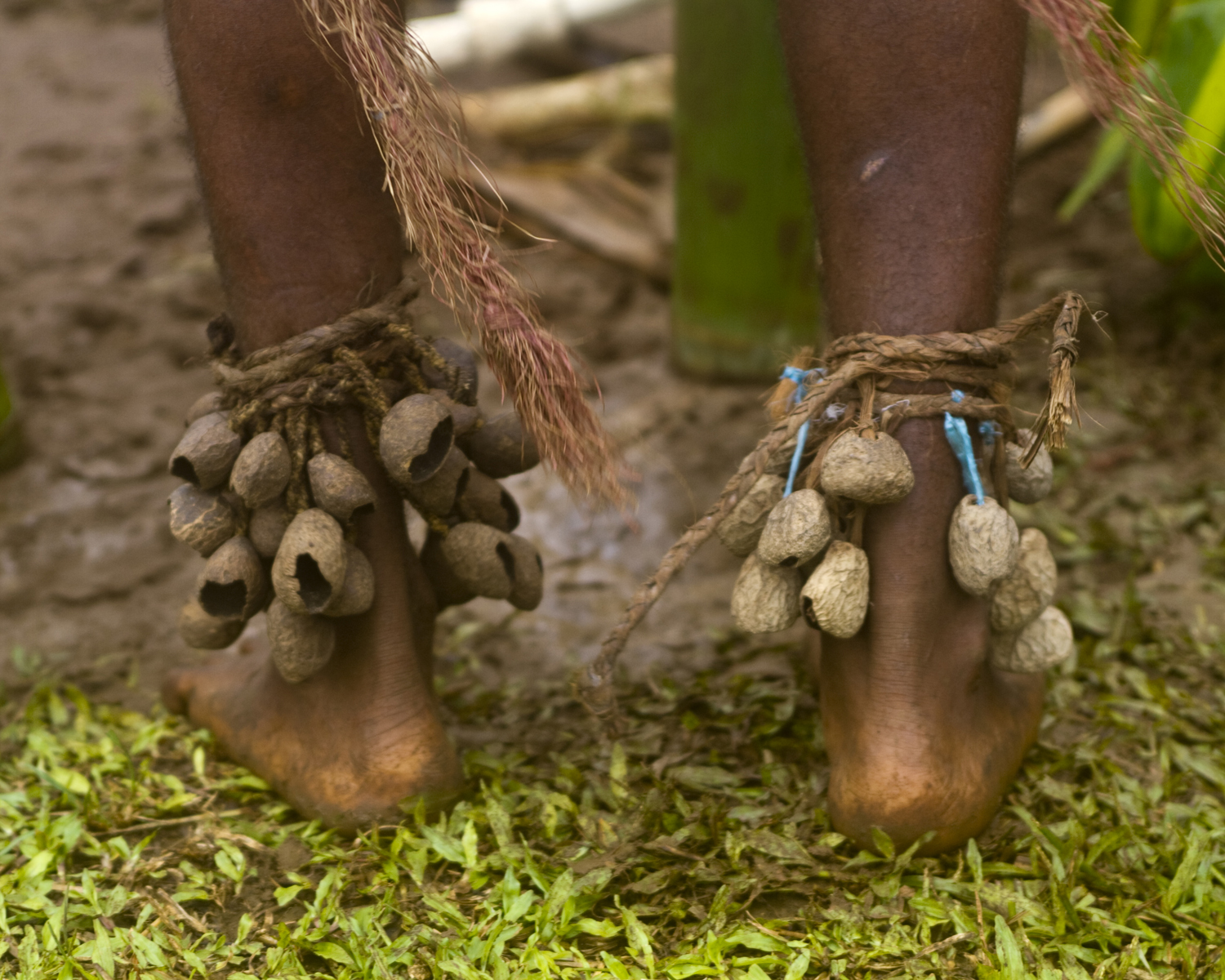Every morning it takes me a little longer to drag myself out of bed and make my way down to the Yacht Club for breakfast. Yesterday it rained. Not hard. Just that soft tropical rain, like a warm shower from one of those sunflower shower heads. It sounded so lyrical as it fell on my thatched roof. Like the sort of new age sounds of nature they play in some spas when you’re getting a massage. I got up, opened the doors and windows, and then got back into bed and just stayed there, watching the rain make patterns in the white sand in front of my villa.
After awhile I actually made it from my bed to the veranda where I fell into a wicker chair and, barefoot and bare-chested, just sat there taking in everything around me: a hermit crab shuttling out of the ocean; the way water beads on the leaves of the red cannas in the garden; small fish, no doubt being pursued by a predator, jumping out of the rain-spotted lagoon like popcorn.
By the time I actually found the energy to shower and dress, it was well after ten. I thought for sure the other guests would have had breakfast long ago, but no. Frederick said I was the second one up. This pleases him—the predictable behavior of guests to laze about, sleep in, do nothing.
The meals here have been elegantly simple: a beach barbecue with chicken for lunch; a dinner of curried red snapper; a pineapple tart for dessert. But I think my favorite meal of the day is breakfast. You can sit with others at one of the big round tables, if you like, though usually I find a quiet spot in the corner where I can sit quietly and enjoy the cappuccino Martha makes me and sip a glass of fresh-squeezed grapefruit juice that is so sweet you’d swear they must have added sugar to it, but no, it’s natural. Just the unadulterated juice of island fruit.
And then, after I’ve slowly sipped my first cup of coffee, Frederick will usually come by, ask me how I am, how I slept, and what would I like for breakfast. Perhaps a crepe. Or two poached eggs and some fruit—watermelon, pawpaw, pineapple, guava. And once the food arrives, Martha slips by to replenish my juice, ask if I’d like another cappuccino. Other stragglers wander in. Some with wet hair from having had a swim in the lagoon before breakfast; others with bed head have obviously just gotten up. Everyone is quiet, a bit sleepy, in awe of the beauty of our surroundings. It’s like going to church. Only better.









Recent Comments